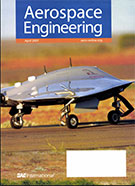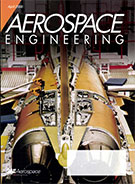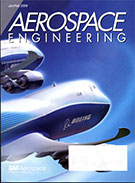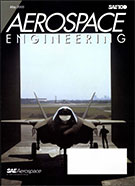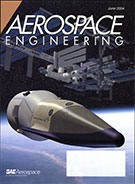Magazine

Aerospace Engineering 2007-10-01
2007-10-01
Let's get digital Aviation and defense companies are turning to software tools as a way to create systems and components faster, cheaper, and more efficiently than ever before. Global collaboration is in the air From national to international to global, aerospace programs have become ever more geographically interlinked. Whether military or civil, the need for transworld technology collaboration and partnership is rising to new heights. Creating, customizing aircraft interiors Aircraft designers who have made the transition to digital design tools are expanding their use as the tools extend their capabilities.


